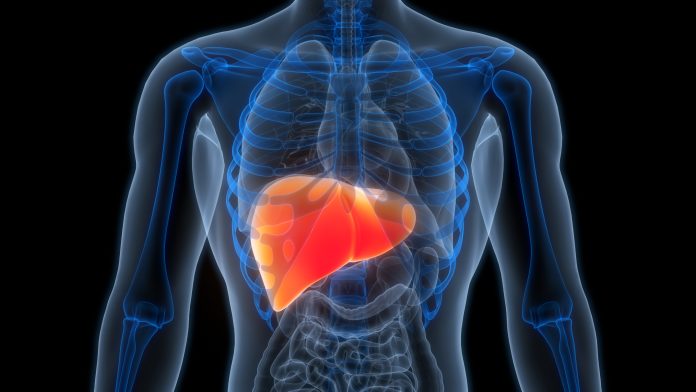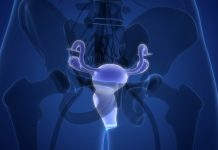The Lancet Commission finds that over three in five liver cancer cases are due to modifiable risks like hepatitis, alcohol, and obesity, highlighting urgent prevention needs
A new global report from The Lancet reveals that the majority of liver cancer cases worldwide could be prevented by addressing key risk factors—such as viral hepatitis, alcohol use, and obesity. The findings highlight urgent opportunities for action in cancer prevention, especially in low- and middle-income countries.
Liver cancer is the sixth most common cancer
Research has predicted that the number of new liver cancers will nearly double from 870,000 in 2022 to 1.52 million in 2050, due to population growth and ageing populations, with the most significant increases expected in Africa. The number of deaths from liver cancer is predicted to grow from 760,000 in 2022 to 1.37 million in 2050. Liver cancer is the sixth most common cancer and the third leading cause of death from cancer. More than 40% of the global liver cancer cases occur in China, primarily due to relatively high rates of hepatitis B infections in the country.
Chair of the Commission, Prof Jian Zhou, Fudan University (China), says: “Liver cancer is a growing health issue around the world. It is one of the most challenging cancers to treat, with five-year survival rates ranging from approximately 5% to 30%. We risk seeing close to a doubling of cases and deaths from liver cancer over the next quarter of a century without urgent action to reverse this trend.”
First author, Prof Stephen Chan, Chinese University of Hong Kong (Hong Kong, China) adds, “As three in five cases of liver cancer are linked to preventable risk factors, mostly viral hepatitis, alcohol and obesity, there is a huge opportunity for countries to target these risk factors, prevent cases of liver cancer and save lives.”
Preventing liver cancer
The Lancet Commission estimates that at least 60% of liver cancers are preventable via control of modifiable risk factors, including hepatitis B virus (HBV), hepatitis C virus (HCV), MASLD, and alcohol.
MASH, a severe form of MASLD, also known as fatty liver disease, is the fastest-growing cause of liver cancer globally, followed by alcohol. The Commission projects that the proportion of liver cancer cases associated with MASH is projected to increase from 8% in 2022 to 11% in 2050, and liver cancer cases related to alcohol are projected to increase from 19% in 2022 to 21% in 2050
In contrast, the proportion of liver cancer cases linked to HBV is expected to decrease from 39% in 2022 to 37% in 2050. This decrease is due to the success of vaccination programs and other preventive measures. Similarly, HCV-related cases are projected to drop from 29% to 26% over the same period, reflecting the effectiveness of screening and treatment programs.
A third of the population is estimated to have MASLD (fatty liver disease)
Analysis has revealed that a third of the global population is estimated to have MASLD. However, only 20 to 30% of patients with MASLD develop the more severe form of the condition with liver inflammation and damage called metabolic dysfunction-associated steatohepatitis (MASH).
The rate of MASLD-linked liver cancer is expected to rise over the next decade, particularly in the USA, Europe, and Asia, due to increasing rates of obesity. In the US, fatty liver disease continues to grow alongside obesity, and by 2040, over 55% of US adults could have the disease.
Commission author, Prof Hashem B. El-Serag, Baylor College of Medicine (USA), says, “Liver cancer was once thought to occur mainly in patients with viral hepatitis or alcohol-related liver disease. However, today, rising rates of obesity are an increasing risk factor for liver cancer, primarily due to the increase in cases of excess fat around the liver.
“One approach to identify patients at high risk of liver cancer would be to introduce screening for liver damage into routine healthcare practice for patients at high risk of MASLD, such as individuals living with obesity, diabetes, and cardiovascular disease. Healthcare professionals should also integrate lifestyle counselling into routine care to support patients in transitioning to a healthy diet and regular physical activity. Furthermore, policy makers must promote healthy food environments via policies such as sugar taxes and clear labelling on products with high fat, salt, and/or sugar.”
It’s time for global change
The Commission estimates that if countries can reduce the incidence of liver cancer cases by 2 to 5% each year by 2050, it could prevent nine to 17 million new cases of liver cancer and save eight to 15 million lives. There is an urgent need for increased research and attention to improve the quality of life of patients with liver cancer.
The Commission suggests several strategies for reducing the global burden of liver cancer, including:
- Governments should intensify efforts to increase HBV vaccination—such as implementing vaccine mandates in high-prevalence countries—and implement universal HBV screening for adults aged 18 and above, alongside targeted HCV screening in high-risk areas based on cost-effectiveness.
- Policymakers should enact minimum unit pricing for alcohol, warning labels, and restrictions on alcohol advertisements.
- National health authorities and cancer control programmes should prioritise investments in public awareness campaigns and the deployment of early detection resources.
- Professional organisations and the pharmaceutical industry should collaborate to reduce disparities between the Eastern and Western regions of the world in the clinical management of liver cancer.
- Hospitals and professional organisations should provide palliative care training to integrate palliative care in the early phases for patients in need.
Commission author, Prof Valérie Paradis, Beaujon Hospital (France), says, “There is an urgent need to raise awareness within society about the severity of the growing health issue of rising liver cancer cases. Compared with other cancers, liver cancer is very hard to treat but has more distinct risk factors, which help define specific prevention strategies. With joint and continuous efforts, we believe many liver cancer cases can be prevented, and both the survival and quality of patients with liver cancer will be considerably improved.”











